Track my order
RESOURCES
A Brief History of the Shipping Container
Did you know the shipping container has only been around for under a century? Since then, it has completely revolutionized the shipping industry. Read more.


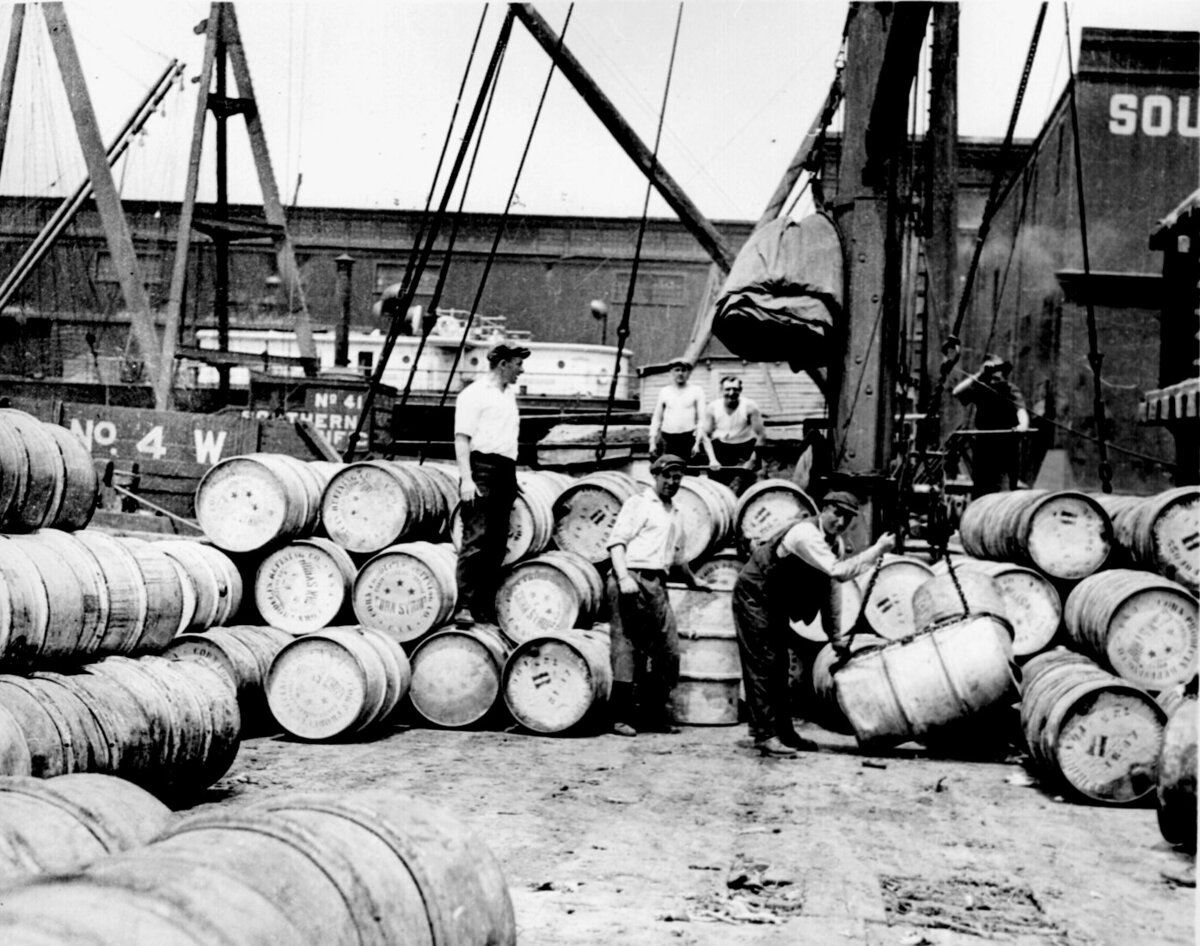
It’s hard to imagine a world without shipping containers. So many things we use in our everyday life are brought over via shipping containers — like the beans in your morning cup of coffee, the books on your bookshelf, and the clothes hanging in your closet. But did you know that shipping containers have existed for less than a century?
In this brief history of shipping containers, we’ll dig into how shipping cargo worked before multipurpose shipping containers existed — and how shipping containers as we know them today came to be.
Shipping Container History
Prior to the invention of shipping containers, items were transported in the form of “breakbulk cargo.” Breakbulk cargo refers to the transport of goods shipped in smaller containers, such as bags, boxes, crates, or barrels.
As you can imagine, breakbulk cargo came with plenty of logistical pain points, such as:
- Difficulty securing cargo against thieves
- The time it took to load and unload items onto the ship
- Difficulty protecting cargo from the elements
Though rarely used today, breakbulk can still hold an advantage in areas without sophisticated port developments or where the water is more shallow. Goods that are shipped breakbulk can be offloaded onto smaller vessels to be transported into even the most minimally-developed ports that large container ships may not be able to access due to size or water depth.
However, as breakbulk cargo was so expensive and inefficient for most of the world, there were many interested in revolutionizing this space to create a more streamlined way of transporting goods. That’s where the shipping container comes into play.
Who Invented a Shipping Container?
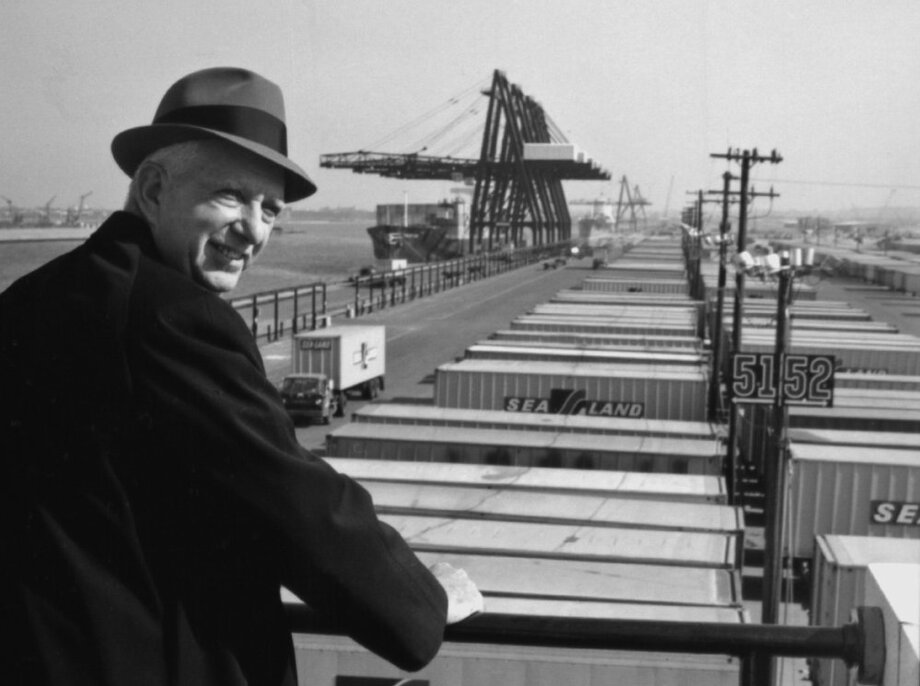
The shipping container as we know it today was created by Malcolm McLean. As the well-respected owner of a trucking company, McLean witnessed the struggles that came with transporting goods — like how time-consuming and expensive it was to load and unload cargo. There needed to be an easier, more efficient way.
Cargo containers had been used in McLean’s lifetime, particularly for transporting military essentials during wartime. While these were more effective at transporting goods than the old breakbulk method, McLean believed that the containers could use some improvement.
When Was the First Shipping Container Made?
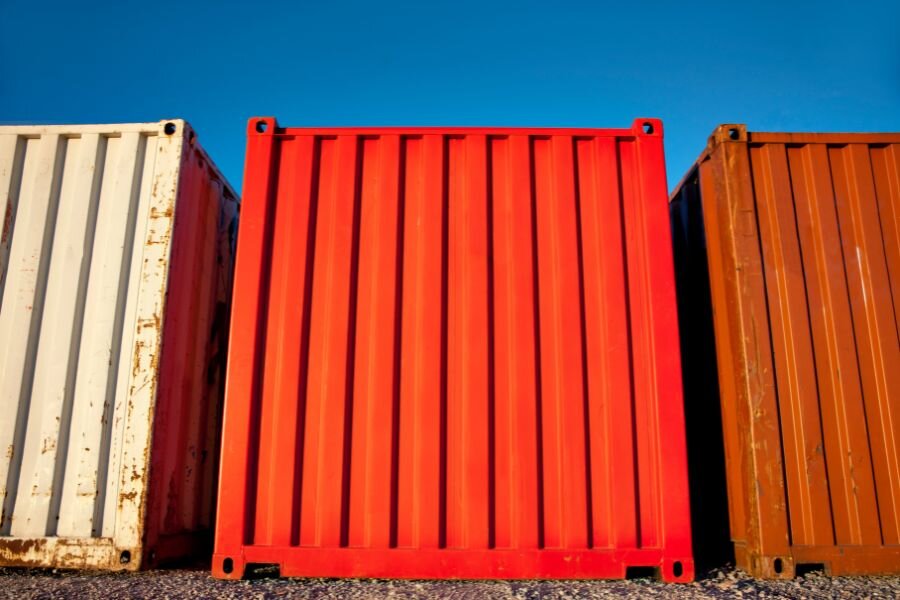
McLean partnered with engineer Keith Tantlinger to design and test variations of a shipping container with features that would change the world of shipping. In 1956, they came up with a shipping container that was lockable, durable, and, most importantly, standardized.
The Standard Shipping Container
The size of shipping containers remains standard to this day, the most common sizes being the 20 ft and 40 ft shipping containers. While these two sizes differ in length, they have the same height (8’6) and width (8’0). Some types of shipping containers are slightly higher than the standard sizes — these are called “high cube” containers and measure 9’6 high.
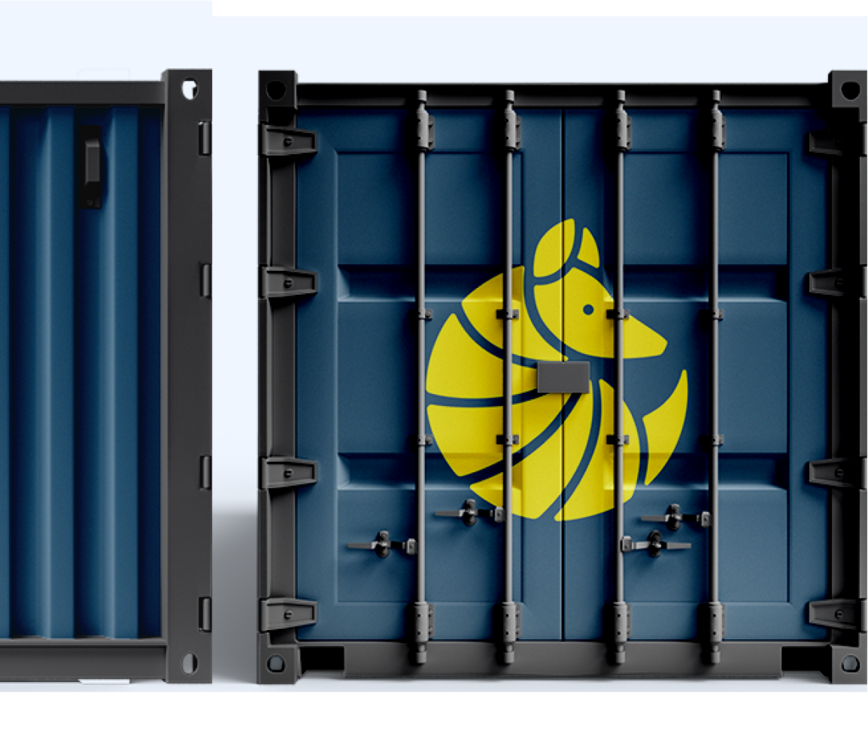
What Did the Shipping Container Change?
Easier Transportation
Standard shipping container sizes made the shipping process much more streamlined. Since the standardization of containers, machines like forklifts and cranes can easily load and unload containers. Plus, the containers could be planned to fit on the same trucks, trains, and ships without needing special accommodations.
Reduced Theft
McLean’s steel containers were difficult to infiltrate or break into. For starters, containers keep the cargo securely hidden from public view — and since containers are lockable, it drastically reduces the risk of burglary.
Improved Tracking
Another history-changing benefit that new shipping containers offered was tracking. Prior to the use of shipping containers, cargo could go missing without any tracking features available to monitor them. Nowadays, containers can be tracked with registered container numbers, bills of lading, booking numbers, and more recently GPS devices.
Reduced Cost
Standardized shipping containers had a significant impact on the price of shipping as well. Cargo became cheaper to ship since the process required less time and a smaller workforce to complete. The standardized sizes also resulted in fewer financial losses from stolen, lost, and damaged items. Shipping prices suddenly dropped to their lowest point in history — all thanks to these shipping containers.
Encouraged Global Trade
As standard shipping containers became more readily available, global trade rapidly grew. As it was much easier, faster, and cheaper to transport items to worldwide destinations, this encouraged more trade between countries and even across continents. In fact, the shipping container played a major role in the current state of globalization with an estimated 90% of all goods now being transported through shipping containers.
With the mass use of shipping containers in full effect, countries that imported more than they exported began to see a surplus of shipping containers. This surplus inspired many creative uses for containers, especially within the architectural space since they’re incredibly durable and have modular capabilities.
How Did Shipping Containers Change Architecture?

The evolution of containers into common architectural materials is important to note in the brief history of shipping containers. Shipping containers have inspired a variety of creative uses outside of simply transporting goods. You can often see shipping containers now being used as foundational structures for offices, sheds, shops, and most notably, to create houses commonly known as ‘container homes‘.
How Did Container Homes Start?
Though shipping container homes certainly existed prior to the Redondo Beach House, it is perhaps the most famous first recorded example. In 2006 architect Peter DeMaria crafted this two-story shipping container home consisting of eight containers, each of varying sizes, bound together by conventional techniques. The beach house even included a below-grade container for a swimming pool.
Why Did Container Homes Start?
It’s likely that the prevalence of container homes started with the tiny house movement. The tiny house movement is a social and architectural movement that prioritizes downsizing and simplifying into small and compact living spaces. The tiny house movement gained momentum during the 2000s, particularly around the 2008 recession. People were looking for options for affordable living spaces while circumventing a difficult housing market and trying to find more eco-friendly ways of living.
Tiny Container Homes
Single 20ft containers can make excellent structures for tiny homes. When choosing a 20ft container for this purpose, pick one that is categorized as a new or “one-trip” grade. One-trip containers are ideal for constructing durable and sturdy living spaces as they’re the newest and in the best condition.
While the history of shipping containers has been brief, they have undoubtedly made a massive impact on the way we trade, what we consume, and how we live.
If you’re inspired to learn more about shipping containers or even purchasing one, we can help.

About Nina Barango
Nina Barango is an experienced content marketer and container expert with a proven track record in the tech and logistics industry. Having worked with various startups and SMEs, she bridges the world of marketing, tech and shipping containers. When she's not creating content that'll revolutionize global container trade, you can find Nina reading a book or mastering her video editing skills.


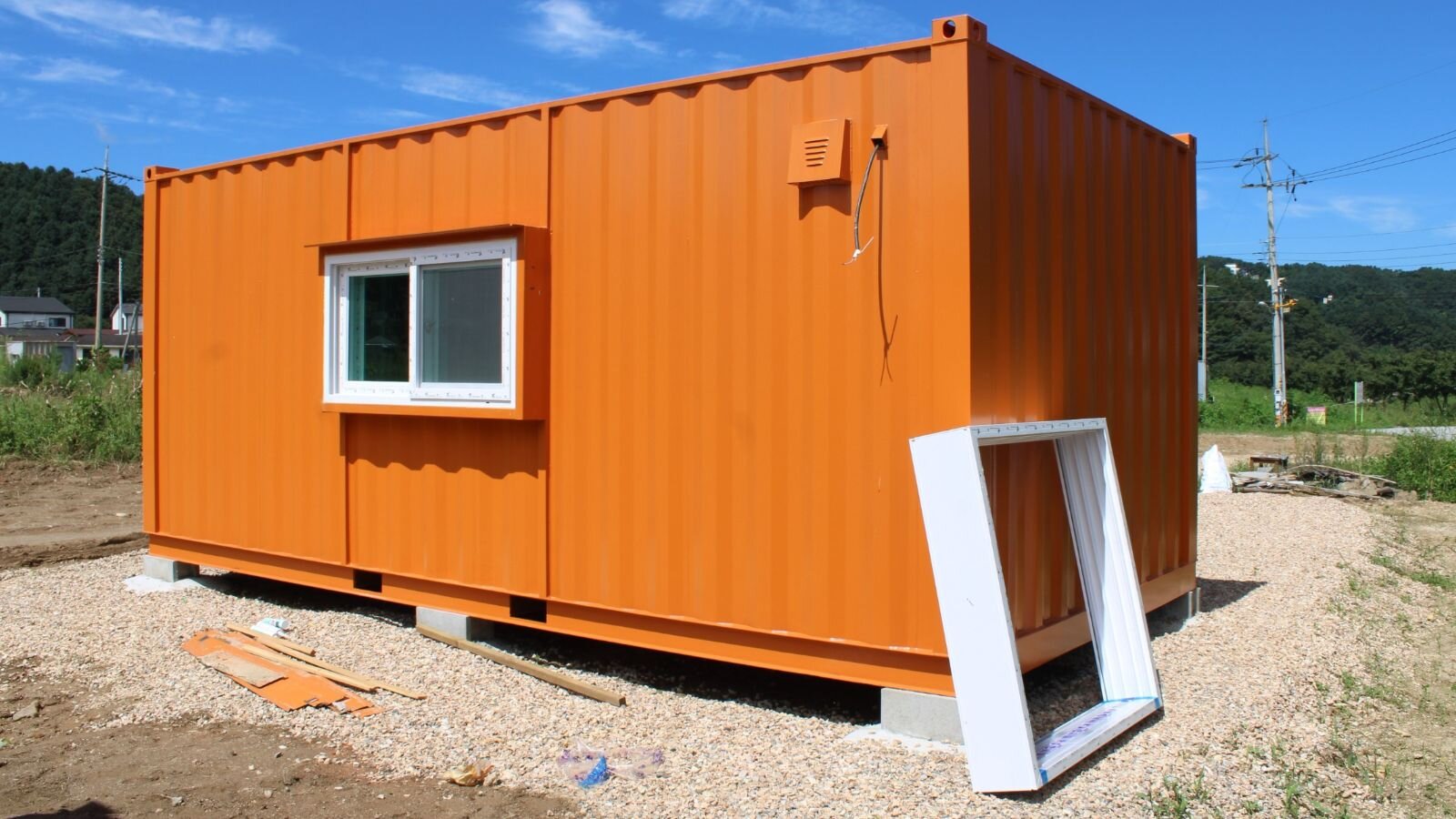

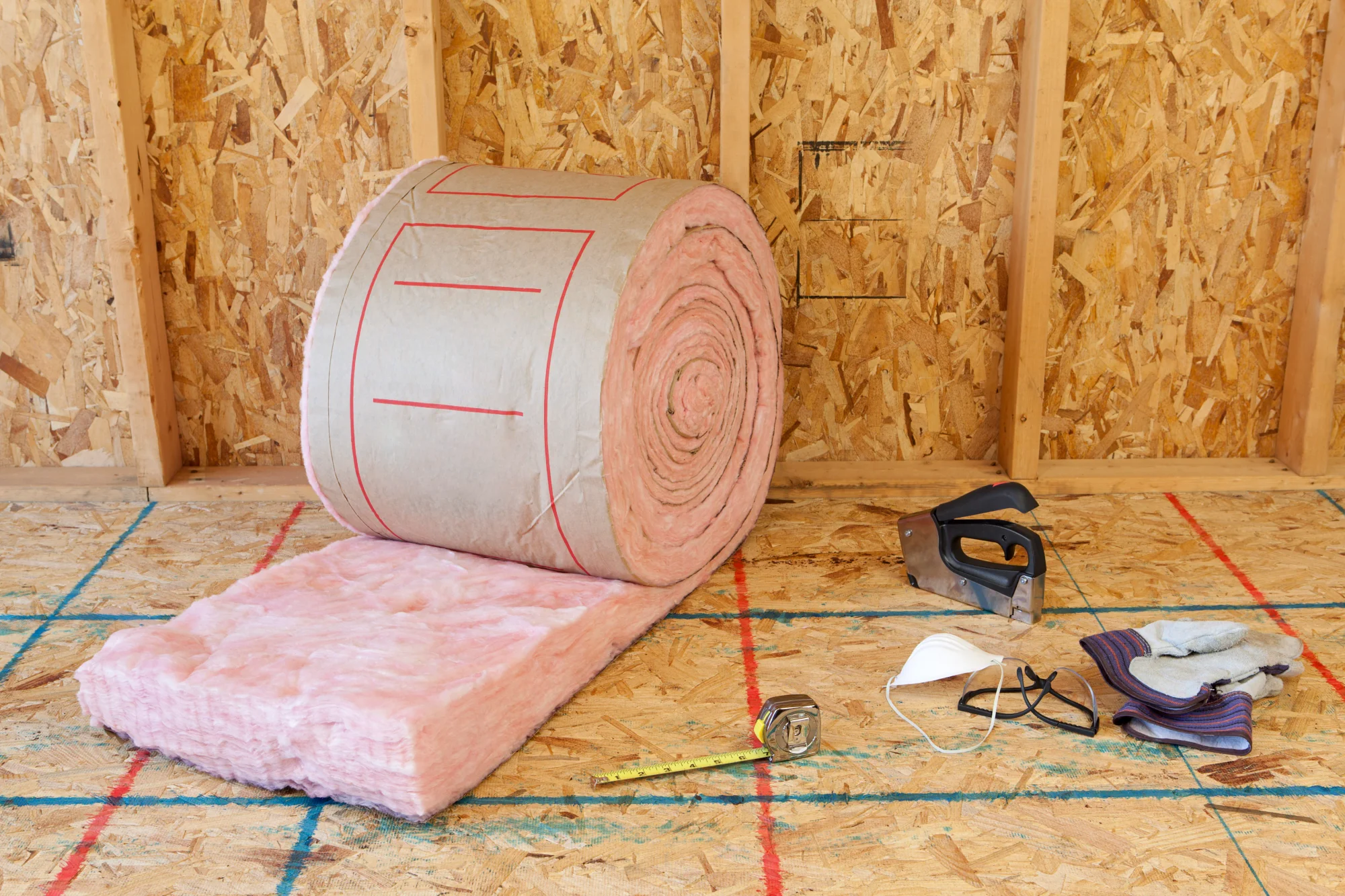


Continue Shopping
Loading cart